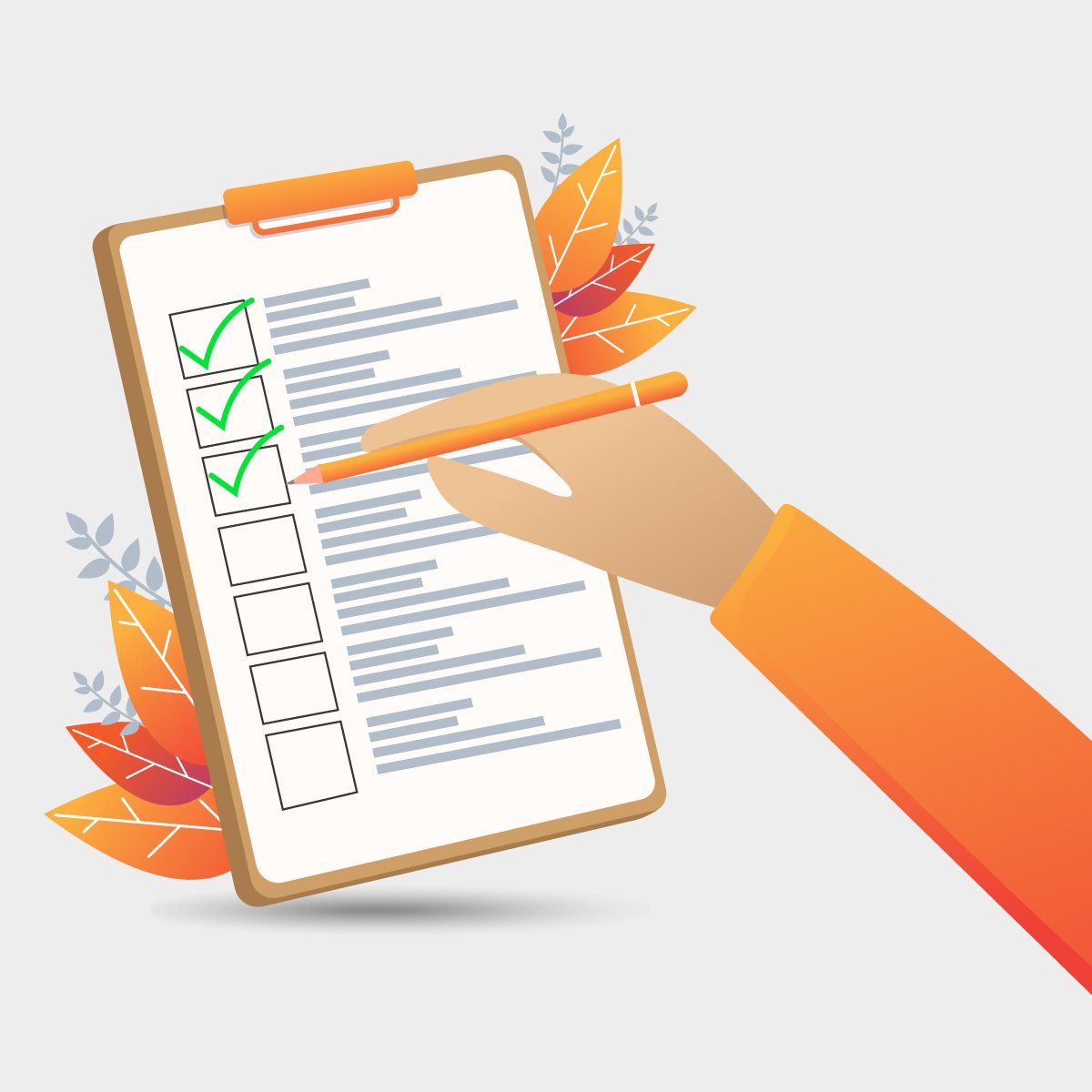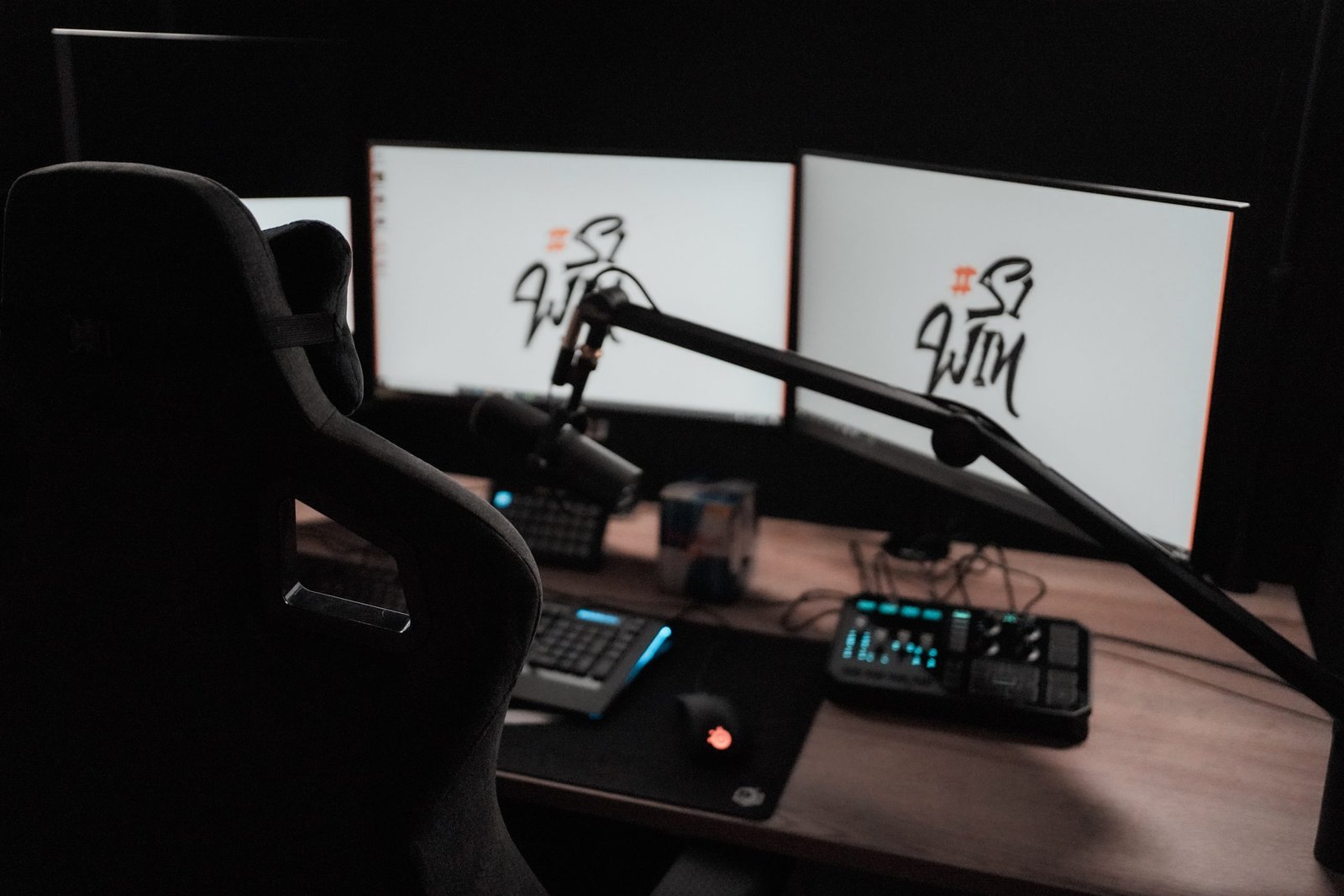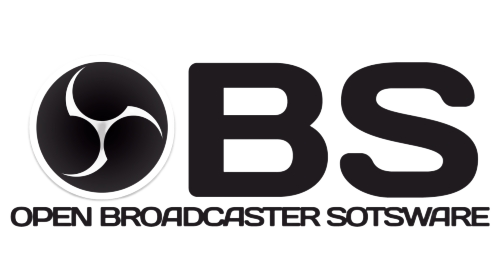
Looking to Start Streaming?
Go live Guide
Steaming is a fantastic way to share your passion with the online world and connect with others.
The content that you create can help you garner an audience of followers and ultimately form a community.
Getting started with streaming may seem a little daunting which is why we at MM. have put together this guide to get you started in launching your very first stream! Depending on the content you want to stream, you can get started with a very basic setup, a small amount of time and resources.
Step 1
Devise some streaming goals
You may be SUPER motivated to start streaming and tempted to jump straight into downloading OBS and clicking Go Live. Whilst there is nothing wrong with Taking the leap, we often find that a solid initial plan and some research can go a long way.
A really simple place to start is to open a notepad (physical or digital) and write down any initial thoughts, goals or ambitions to get a loose idea of what your motivations to start streaming are in the first place.
– What interests you about streaming?
– What will your streamer name be?
– What content are you going to stream?
– What platform are you going to use to stream?
Simple goals for streaming.
– Get your first follower
– Set up a supporting social media page
– Get a logo
– Organise your first event
– Set up Sub Guides
Step 2
Make a list of requirements
Make a basic checklist of things that you need to get or research so that you can start sharing your live content.
Some things to consider will be:
- Computer or device with adequate processing power
- Streaming software
- Internet connection
- Microphone
- Webcam
- Branding
- Overlays, Scenes, Transitions and Alerts

PC Specifications
Twitch recommends as a bare minimum that PC steamers have at least an Intel Core i5-4670 processor (or the AMD equivalent), 8GB of RAM, and Windows 7 or later.
Remember that these are just the minimum requirements to stream. For more modern games or high intensity programs, you will require more processing power and likely the presence of a dedicated graphics card.
Recommended Specs
6+ Core Processor (Intel or AMD)
Modern Motherboard with decent I/O
16GB DDR4 RAM
High Hard Drive Space
GTX 1660Ti (or later)
Capture Card (for Console Streaming)
internet Specifications
Facebook Live recommends a range between 3,000 and 6,000 Kbps for video, plus a max audio bitrate of 128 Kbps.
YouTube Live recommends a range between 1,500 and 4,000 Kbps for video, plus 128 Kbps for audio.
Twitch recommends 3,000 Kbps for video, plus up to 160 Kbps for audio.
A wired ethernet connection is always recommended over a Wi-Fi connection for signal consistency and to avoid drop outs.

Step 3
Test your setup
It can be really awkward trying out streaming setups and software for the first time so it is best to familiarise yourself with your equipment and tools.
Each time that you setup a new piece of gear like a webcam or microphone, test it and adjust levels in order the make them perform as intended.
Most streaming software will give you the ability to test different stream elements such as alerts and transitions as you swap between scenes. It’s best to make sure that everything is working smoothly before you go live for the first time.
Step 4
plan your first stream

A little planning can go a long way…
There are some very simple ways that you can prepare for your first stream and to give yourself the best chance of garnering an audience.
1. Set a Date
Set a date that you want to go live for the first time. This will place some urgency around getting things organised and gives you a time that you can tell people to watch you.
2. Tell Your Friends and Family
The best place to get you initial viewership is with people who you feel comfortable around. Tell your friends and family that you are starting to stream and let them know the date of your first stream so that they can support you.
3. Do Some Promotion
Spend some time looking into groups on social platforms and engaging with people who have similar streaming or gaming interests. If you need some content for your social pages to bring out your brand, there are a number of platforms and agency’s (like MM.) who can help you create something that you are proud to share.
4. Decide on What You Will Be Streaming
The concept of “just winging it” may work for some but there are few things more frustrating to a viewer than a streamer asking their audience what they should do or a stream not having a direction.
The likelihood is that you will have a small or no audience for your first couple of streams so try to find an activity that does not solely rely on audience engagement.
be the best that you can be
Popular streamer qualities
Be punctual
If you set a time to go live, make sure to be on time! People are offering their time to watch you stream and won’t stay if you are late or cancel.
Be AUTHENTIC
You are never going to please everyone!
Your stream should represent how you think and feel. People will challenge your authenticity so it is best to lead with who you are genuinely.
Be resilient
Streaming is a very competitive market and it will take time for your channel to grow.
Be prepared for lots of hard work and commitment.
Be kind
Gratitude is one of the best traits you can possess. Every moment that someone spends in your stream or engaging with your content is growing your online presence.
Thank people with sincerity.
Be realistic
Set yourself attainable goals to avoid disappointment and achieve your ambitions progressively.
Consistently review your goals and celebrate your wins.
Be ADAPTABLE
The interest of viewers and your audience may change over time so it is important to regularly review what content you are creating. Many streaming platforms have analytics and reporting available which can be helpful in gauging your steaming engagement.


